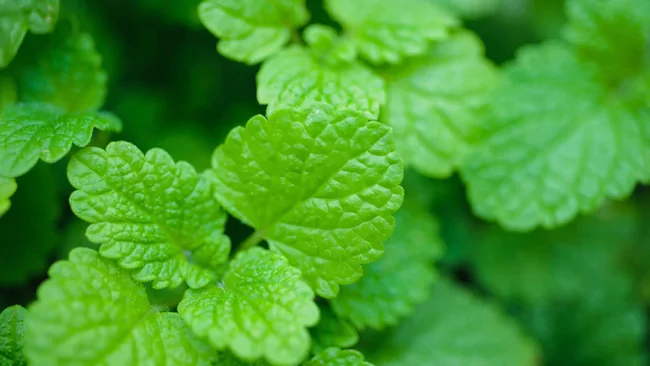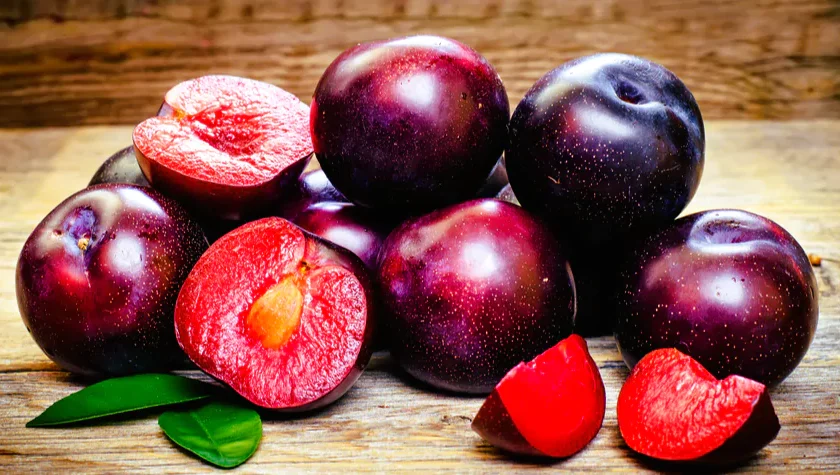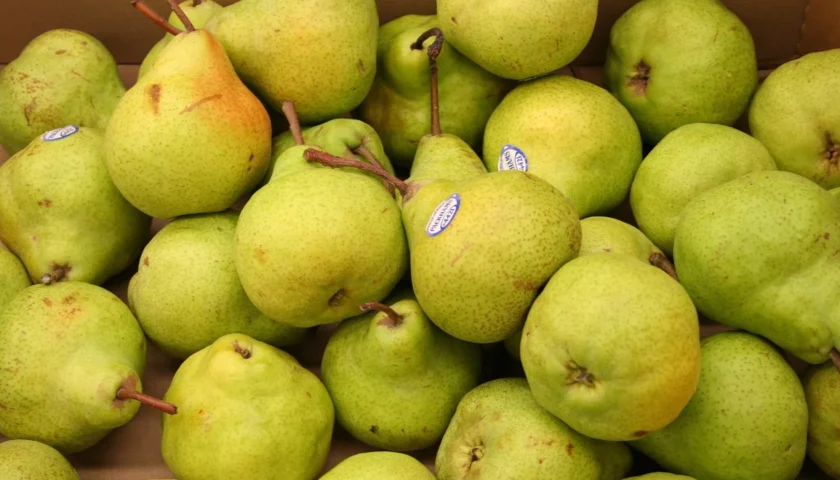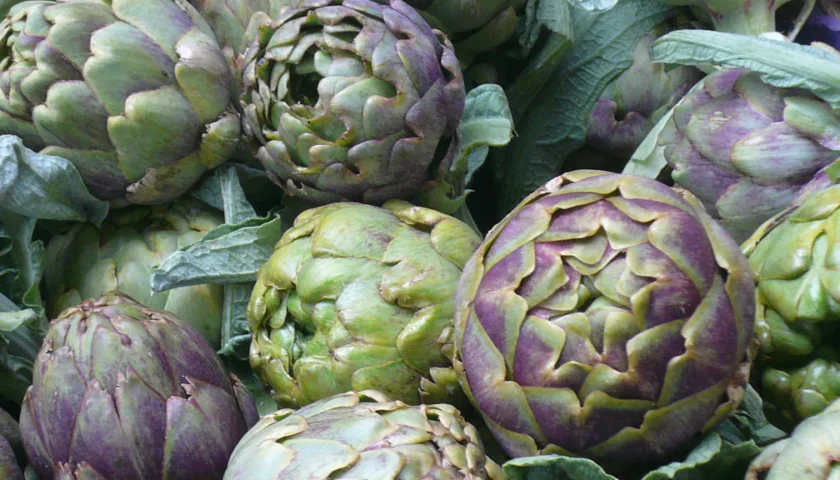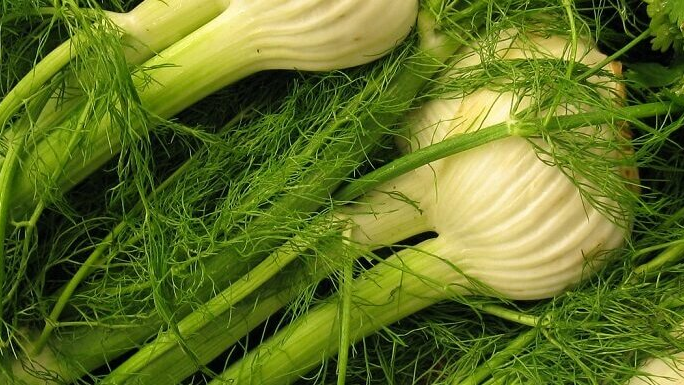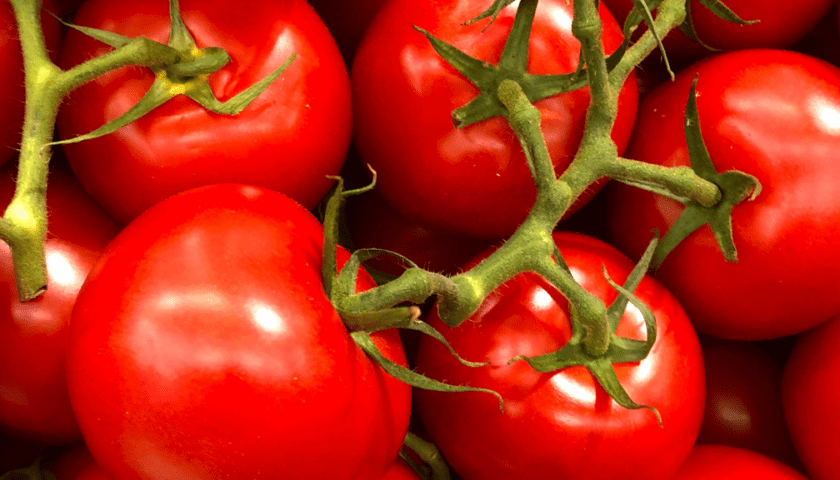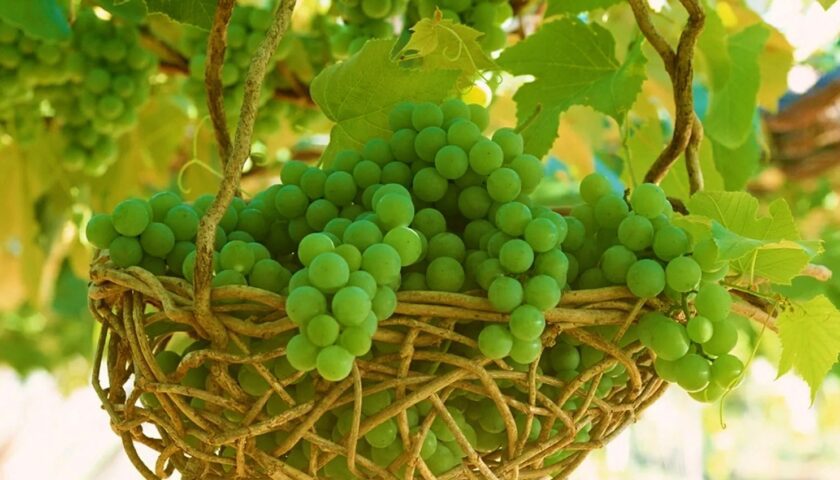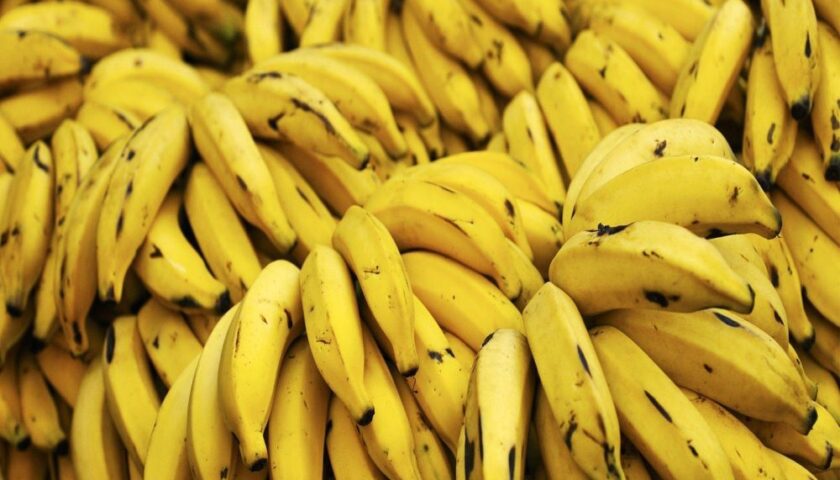About Mint Mint, (genus Mentha), a genus of 25 species of aromatic herbs in the mint family (Lamiaceae). Native to Eurasia, North America, South Africa and Australia, mints are widely distributed in the tropical regions of the world and are widely produced. Various species, especially peppermint and spearmint, are used as flavorings for foods (including candies and gums) and for alcohol and toothpaste. Mint essential oil is used as an aromatic fragrance. Some species are often used in herbal medicine. Mint -planting Mints are hardy perennials that do well in…
Read MoreTag: Physical description
Plums – Discuss about Its Growing condition and Various Health Benefits
About Plums A plum is a fruit that grows on a tree. They have a thin skin on the inside. Plums are sweet and tart and bursting with purple anthocyanins, a plant compound that offers many health benefits. Plums are low calorie prunes that are often used to prevent and treat constipation due to their fiber content. One plum is only about 30 calories and is packed with fiber, vitamins and minerals, making it an on-the-go snack. Plums can be a nutritious and delicious addition to your weekly meal plan.…
Read MorePears Fruits – Discuss about Its Physical Description and health benefits
About Pears Fruits Pears are a sweet and aromatic fruit that is high in fiber, low in calories and full of antioxidants including vitamin C. They are native to Europe and Western Asia and are used in anti-inflammatory, diuretic and anti-inflammatory. hyperglycemic treatment in China for more than 2,000 years. And the health benefits of pears, such as protection against stroke and some cancers, are supported by research. Physical description The common pear tree has a broad head and stands up to 13 meters (43 feet) tall. The trees are…
Read MoreArtichoke – Discuss About Its Planting Process and their Health Benefits
About Artichoke The name artichoke comes from the word articiocco, which is likely influenced by the word ciocco, which means “trouble”. Globe artichoke – the type most commonly eaten today – is a herbaceous plant, a flowering plant whose leaves have sharp bristles on their edges. The edible part of the artichoke, commonly called the “artichoke heart”, is actually the bud of the artichoke flower, which develops before the flower begins to bloom. A flower head is a cluster of many small flowers that grow, and the main food source…
Read MoreFennel – One of the Healthy vegetables for Human health
About Fennel Fennel is a celery-like winter vegetable with an interesting licorice flavor. Although the taste may start to grow at first, fennel offers great health benefits. This tree comes from the southern part of the Mediterranean, through planting, it has started to grow wild in the north, east and west. The scientific name for fennel is Foeniculum vulgare. It is an ancient herb with feathery leaves and yellow, dill-like flowers. Fresh fennel is known for its strong aroma, smelling a little like anise, and has a hot taste. The…
Read MorePumpkin – Discuss about its Growing process and their Benefits
About Pumpkin Pumpkin is a type of winter squash that belongs to the same plant family as cucumbers and melons. It is a seed technology where it has seeds. But, in terms of nutrition, it’s like vegetables. Pumpkins are usually round and orange, although the size, shape and color can vary depending on the variety. They have a thick, smooth upper stem and a stem that connects the pumpkin to its leaves. Inside, they are hollow, except for the ivory-colored seeds that are covered with stringy flesh. These gourds are…
Read MoreTomato – Discuss about its physical desciption and benefits
About Tomato Tomato (Solanum lycopersicum) is an edible fruit that grows on vines. It contains many nutrients, including an antioxidant called lycopene. The lycopene in tomatoes is thought to play a role in preventing cancer. It is easier for the body to use lycopene from tomato products, such as tomato pasta or tomato juice, than from fresh tomatoes. People use tomatoes to prevent cancer, diabetes, high blood pressure, heart disease, arthritis, and many other diseases, but there is no strong scientific evidence to support these uses. Physical description Tomato plants…
Read MoreNectarines – Discuss about its physical descriotion and benefits
Introduction of Nectarines Nectarines are juicy fruits that are close relatives of peaches. In fact, nectarines are from the same family, Rosaceae, and are peaches, with genes that give them their smooth skin, firm flesh and flavor. Both seeds have sticky pits or loose pits, meaning that the pits stay close to the flesh of the fruit or fall off easily, making slicing difficult. don’t be bad. Nectarine can be eaten raw, and since the skin is not colored, they are often eaten raw (they do not need to be…
Read MoreGrapes Fruits – Discuss About Health Benefits And Planting method
Introduction of Grapes Grapes are small, sweet fruits that grow in clusters on vines. Most grapes are yellow or green, and they make a delicious addition to fruit salads. It is not only an excellent grape for eating, making wine and making wine, but it is also a beautiful ornamental plant. Vines should be planted in early spring and usually harvested in late summer and early fall. Remember that pruning your grapes at the end of winter is also important. How to grow grapes! Physical description Grapes are usually hardy…
Read MoreBanana fruits – One of the best healthy fruits in 2023
About Banana Fruits Banana is the fruit of the genus Musa (Musaceae family), which is mainly cultivated for food and secondarily for the production of fibers used in the textile industry and also for cosmetic purposes. Almost parthenocarpic bananas consumed today come from two wild species – Musa acuminataMusa balbisiana. The scientific name of the banana plant is Musa acuminata, Musa balbisiana or a hybrid of Musa acuminata and balbisiana, depending on their genetic structure. Banana plants grow well on monocotyledonous herbaceous plants. The banana tree is not a tree…
Read More
